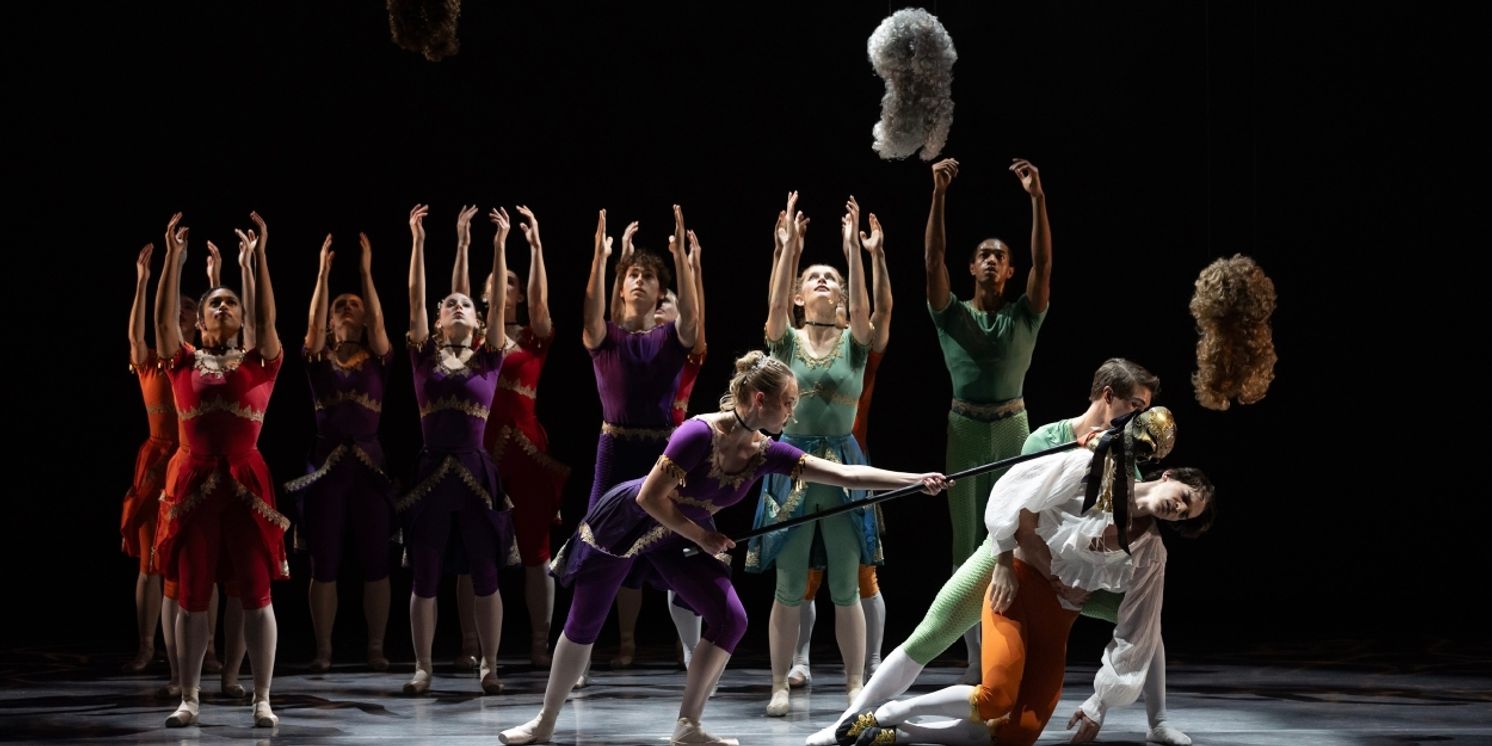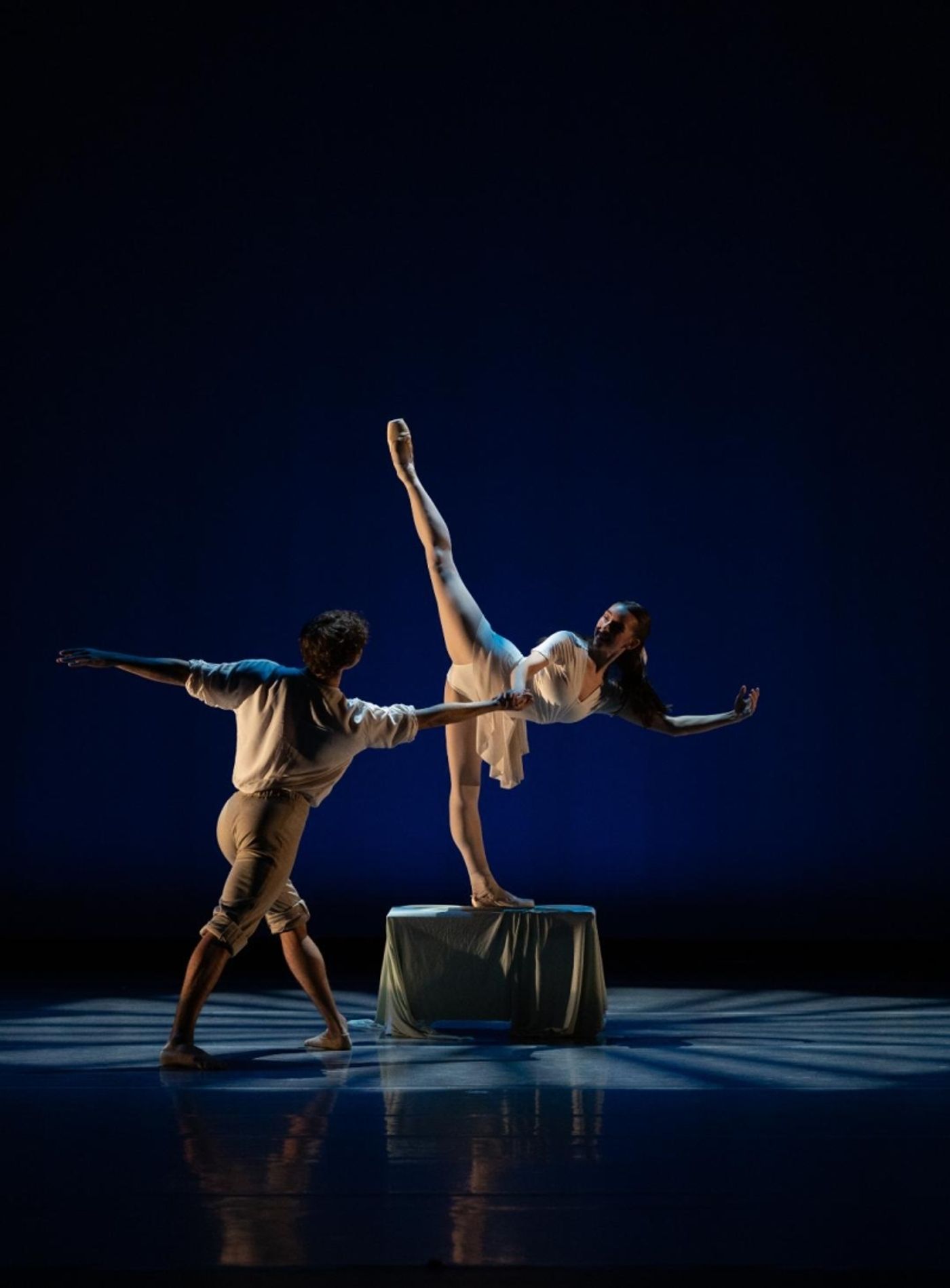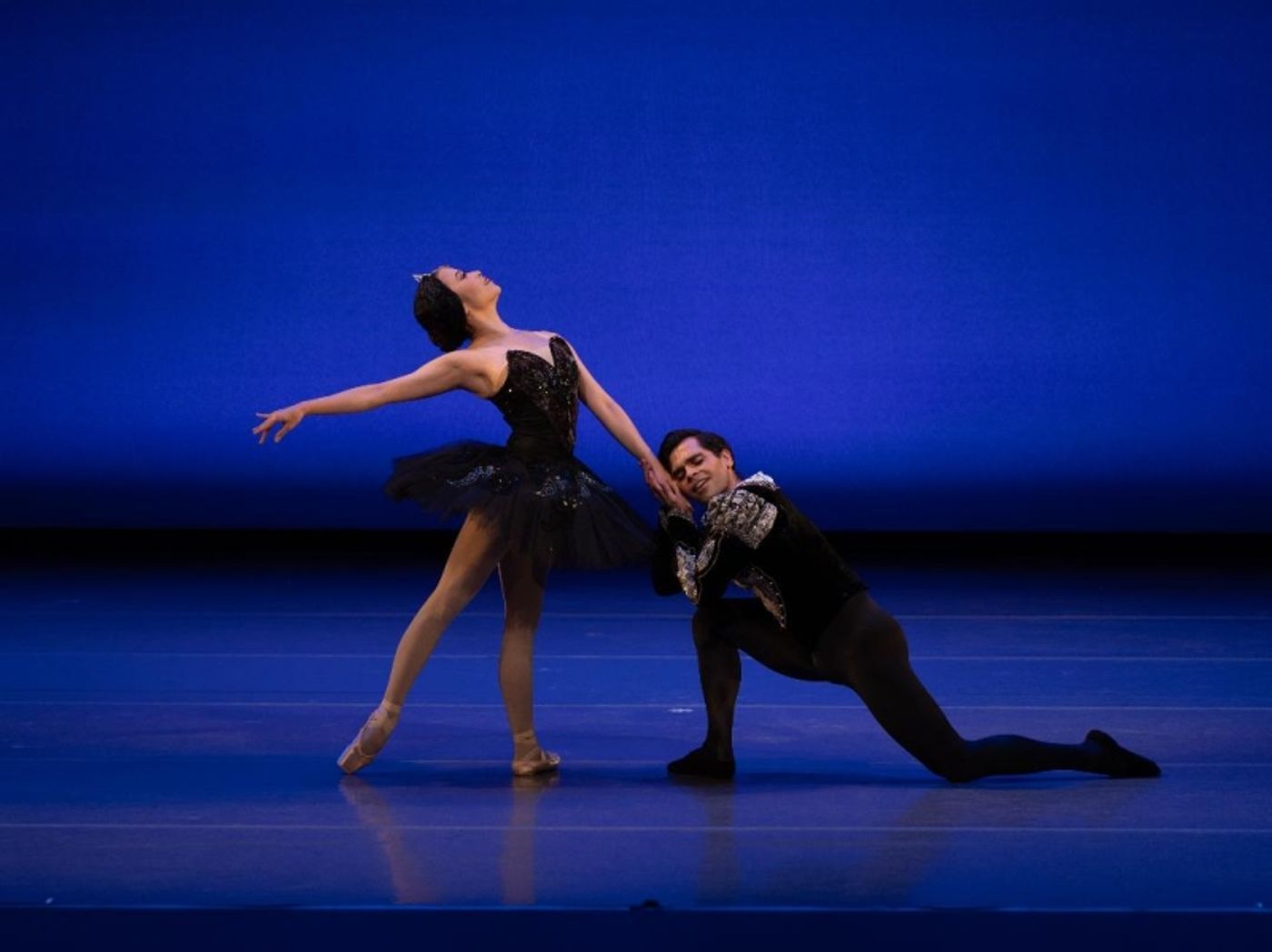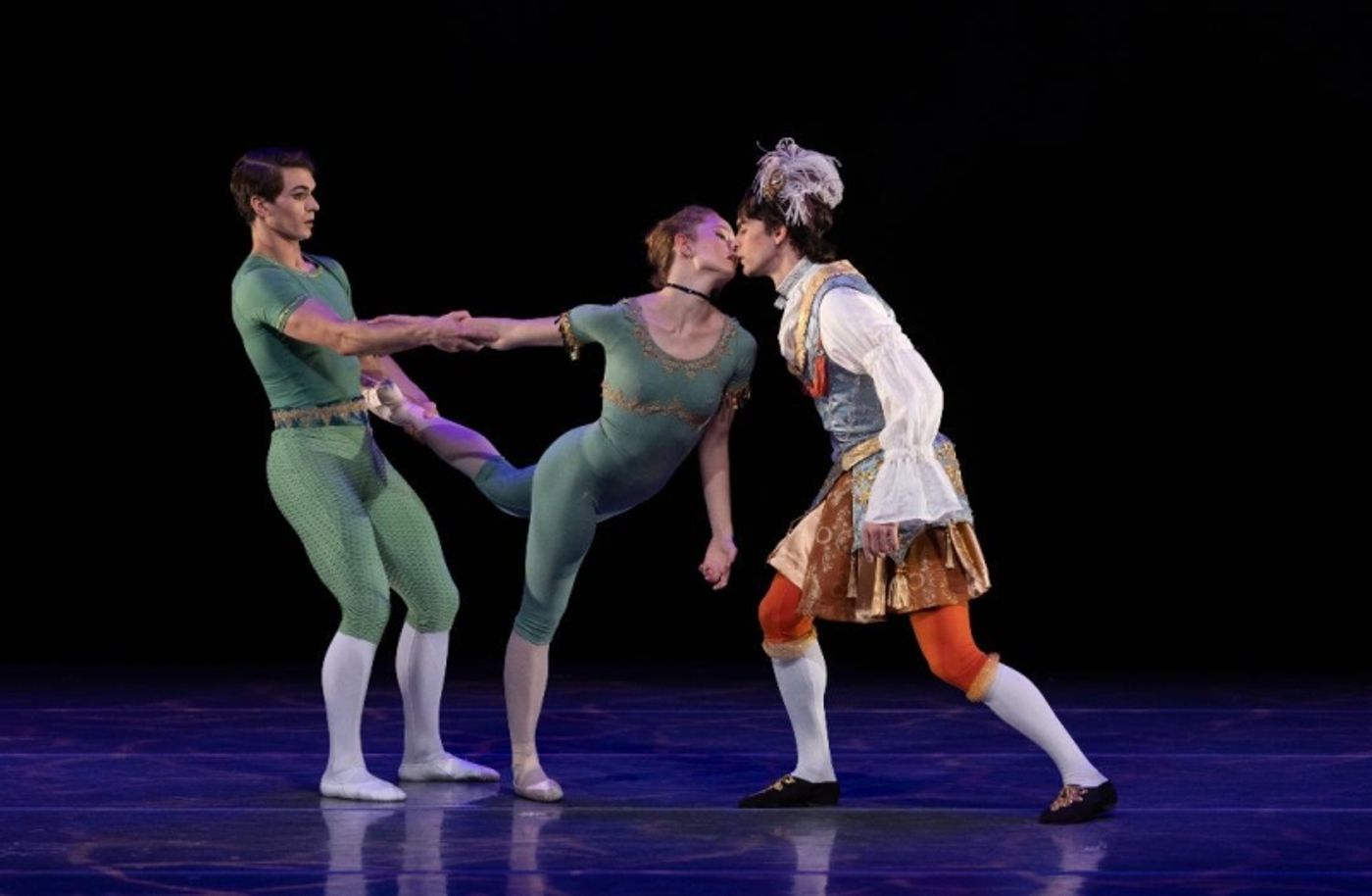Guest Review: ARB’s WONDERMENT Celebrates the Magic of the Mind with Whimsy and Drama
WONDERMENT by American Repertory Ballet opens their exciting season ahead.

We welcome this guest review by Elizabeth Blosfield. She is the deputy editor of a national trade magazine covering the financial services industry and a creative writer, with work published in UP Magazine, Thought Catalog, Reapparition Journal, and Chicken Soup for the Soul. Having studied ballet since she was three years old, Elizabeth is also a ballet instructor and the creator and host of The Adult Ballet Studio, a People's Choice Podcast Awards nominated podcast featuring interviews with adults who have returned to ballet or discovered it later in life as well as anyone working to make ballet inclusive for all ages, abilities, and backgrounds.
Anyone who has spent a childhood afternoon daydreaming in their bedroom is sure to be captured by the whimsical charm of WONDERMENT, the program that opened the American Repertory Ballet (ARB) 2024-2025 season.
Presented at the New Brunswick Performing Arts Center (NBPAC) in New Brunswick, New Jersey, on Friday, October 18 through Sunday, October 20, WONDERMENT served as a mixed bill containing four works. Each piece kept the audience laughing and gasping as the program alternated between moments of levity and intensity, illustrating the joy and sometimes distress of imagination.

The bill opened with Antony Tudor’s Little Improvisations, which depicts two children playing in an attic on a rainy day. Choreographed for one man and one woman, the ballet premiered at Jacob’s Pillow Dance Festival in 1953 and features music by Robert Schumann.
The curtain opened to reveal a simple set with an accompanist on stage alongside two dancers sleeping on a platform beneath soft lighting. This beginning scene set the dreamlike tone for the entire evening of performances.
The mostly empty stage served as a blank canvas for the two dancers to craft worlds in which their dreams took them. Their movements were brisk and youthful as they used a blanket to build characters and scenes, moving quickly in and out of each one and spanning a range of emotions in just 12 minutes. The fast pacing and sudden transitions were effective, conveying the fragmented attention spans of children playing in an attic and delighting the audience as they laughed along, seeming to reminisce on their own childhoods. The dancers drifted back to sleep at the end of the piece, and by then, each swift scene felt indistinguishable from another, blurring in one’s mind as dreams tend to do.

Following this piece was the iconic BLACK SWAN Pas de Deux and Coda from Swan Lake. In a pre-show talkback interview, American Repertory Ballet’s Director of Artistic Operations Samantha Dunster discussed the challenges dancers often face in taking on this role.
“BLACK SWAN is one of these classical pas de deux that every dancer wants to do..until they start to do it,” she said. “And then they realize how hard it really is.”
This excerpt from Act III of the classic ballet Swan Lake tells the story of Prince Siegfried as he is seduced by Odile, the BLACK SWAN and daughter of villainous sorcerer Von Rothbart. Odile is the evil doppelgänger of Odette, the White Swan, for whom the prince needs to declare his love to break the spell trapping her as a swan.
This moment toward the end of the ballet seals the Prince’s fate, as he mistakenly pledges his love to the wrong woman. The BLACK SWAN pas de deux is known for its technical difficulty, emotional intensity, and Odile’s famous 32 fouetté turns, a showcase of a ballerina's skill.
“We try to mentally prepare them by saying, ‘Listen, you’re only going to do the same thing 32 times, which is really not that hard,’” Dunster joked with the audience at the talkback. “But between us, it’s very, very hard.”
Perhaps one of the most challenging aspects of performing this pas de deux separately from the full length ballet, however, is a dancer’s ability to embody the character and tell a story with only a fragment of the full work.
“You have to get them into the atmosphere of the role and make them really sort of feel the importance of that moment in telling them about the story and making sure that they’re telling the story,” Dunster said. “That’s the most important thing. If they tell the story to you, you as an audience will forgive them for anything else.”
ARB’s dancers succeeded in meeting this challenge as they not only displayed their technical excellence, but movements expressive enough for the audience to envision the work embedded into the larger narrative.
Another standout piece of the evening was choreographer Lar Lubovitch’s Something About Night, with music by Franz Schubert.
“Something About Night offers a glimpse into the art of stillness,” Lubovitch has said of the piece, as quoted in an ARB press release.
It’s ironic that the piece offers such a feeling of stillness when the dancers themselves were moving near constantly, sometimes even as the lights went down between movements.
This fluidity of movement was effective in communicating a sense of peace and solitude even in the togetherness of the dancers on stage as their bodies weaved in and out of each other, sharing synchronized breath. The work offered the feeling of being alone in a crowd, with the noise and bustle of strangers creating a sense of isolation and introspection.
It felt like a commentary on what it is to be human, with the push and pull of wanting to simultaneously blend in and stand out as an individual. There were moments when the dancers, costumed in similar colors, appeared as one unit, and others when individual dancers caught the audience’s eye with a brief solo. The piece’s ethereal nature was captured in dancers’ slow, expressive movements as if pressing through water, hazy lighting, and Schubert’s evocative “Songs for Male Chorus.”

The evening’s performances ended with the world premiere of a ballet choreographed by American Repertory Ballet’s Artist in Residence Ethan Stiefel, titled Baroquen Dreams.
This new ballet is inspired by baroque composer, conductor, and ballet dancer Jean Baptiste Lully, and one of his protégés, Marin Marais. Quick footwork and elaborate, colorful costuming captured the feeling of the baroque era, which was juxtaposed with modern and sometimes atypical movements for ballet - angular lines, flexed feet, and stiff, jolting motions. This created a surprising dynamic on stage with the audience unable to anticipate the next sequence.
While bright colors may stir up a feeling of celebration, there was something haunting about the piece as the main character - a maestro inspired by Jean Baptiste Lully himself - danced in a dreamlike state among various ghosts. He appeared to have moments of strength and moments of brokenness, appearing to be driven at times to near insanity. The audience was left with a powerful image at the end of the ballet as he shed his mask and collapsed into the arms of the ghosts - depicting a powerful notion that the mind can be both a source of wonder and torment.
The American Repertory Ballet has an exciting season ahead. Upcoming performances include The Nutcracker that will be performed at various venues that include McCarter Theatre, Two River Theater, War Memorial, and State Theater. In March, Spirit of the Highlands will be presented at NBPAC and in May, Pasion will be presented at NBPAC. For more information on the American Repertory Ballet, their school and upcoming performances, visit HERE.
Photo Credit: Rosalie O'Connor
Reader Reviews
Videos

